Flying Ants | Understanding Flying Ants: Habits & Prevention
Welcome to our informative guide on flying ants! These fascinating insects may seem daunting, but with a little understanding and prevention, they can be managed effectively. We will cover everything from their habits and nuptial flights to practical prevention and management tips.
As you read on, you will learn about their behavior, lifecycle, and ways to prevent their presence. Understanding flying ants' habits and prevention methods is essential in keeping your environment ant-free. So let's jump into the world of flying ants and explore their characteristics!

Key Takeaways:
- Flying ants are a fascinating part of the insect world.
- Understanding their habits and nuptial flights is essential in managing their presence.
- Prevention methods, such as environment control and deterrents, can effectively manage flying ants.
- Knowing when and why flying ants swarm can help identify their presence in your environment.
- Being knowledgeable about flying ants can help you better handle future encounters and reduce their impact on your environment.
What are Flying Ants?
Flying ants are a type of ant that, as the name suggests, have wings. While many ant species are wingless, those that do have wings often use them during a special phase in their lifecycle called nuptial flight. During this phase, typically in the summer months, flying ants swarm out of their nest in search of a mate.
There are distinct differences between alate ants and dealate ants. Alate ants are those that have wings and are capable of flight, while dealate ants are those that have lost their wings after mating and are not capable of flight. Knowing the differences between these two types of ants can help pest control specialists effectively deal with the ant problem at hand.
"Flying ants swarming is a natural phenomenon and occurs almost annually."
Flying ants emerging from their nests can be an alarming sight, but it is important to remember that it is a natural process. The reasons for their emergence are varied, with scientists speculating that it is related to the weather and environmental factors. One thing is for sure – flying ants can be a nuisance, and preventative measures are essential to avoid an infestation in your home or business.

Understanding Flying Ant Habits and Nuptial Flights
During nuptial flights, flying ants exhibit unique behaviors that are essential to their survival and the establishment of new colonies. These flights typically occur during the summer months and are triggered by warm temperatures, high humidity, and the right atmospheric pressure. Their purpose is to mate and reproduce, with queen ants mating with several male drones in mid-air to ensure genetic diversity.
After mating, the fertilized queen ants will land and search for a suitable location to start a new colony. This search can take days or even weeks, during which the queen ants' wings will fall off, rendering them unable to fly. The queen ant will then begin digging a chamber in the soil, where she will lay her eggs and begin colonizing.
The establishment of new colonies through nuptial flights is essential to flying ant populations' survival. These new colonies ensure genetic diversity and increase the species' chances of adapting to changes in their environment. However, it is also important to note that flying ant swarms can be disruptive to human activities and can cause damage to properties. Therefore, it is crucial to understand their habits and take preventive measures.
"The establishment of new colonies through nuptial flights is essential to flying ant populations' survival."

Preventing Flying Ant Infestations
Preventing flying ant infestations involves eliminating the factors that attract them to your environment. These factors include moisture, food sources, and shaded areas. Regularly cleaning surfaces, conducting repairs to seal gaps and holes in walls and roofs, and ensuring proper drainage can help reduce these factors, making your surroundings less conducive to flying ant populations.
Other effective methods of preventing flying ant infestations include deploying bait stations to lure and eradicate them and using insecticides specifically formulated to target flying ants. It is important to use these methods safely and in adherence to product instructions, particularly when handling insecticides.
Effective Prevention and Management of Flying Ants
Now that we know more about flying ants, let's discuss prevention and management methods. The good news is, there are plenty of things we can do to prevent these pesky insects from entering our homes and gardens.
The first step is to understand what attracts flying ants. They are typically drawn to sweet and sticky substances, so it's essential to keep surfaces clean and free of food debris. Regularly emptying trash cans and properly storing food can also go a long way in preventing their presence.
Sealing any cracks or gaps in walls, doors, and windows can limit entry points and reduce the likelihood of flying ants entering your home. Additionally, removing any decaying wood or debris from your yard can eliminate potential nesting sites.
There are also several natural deterrents that you can implement to prevent flying ants, such as vinegar, lemon juice, and cinnamon. Spraying a mixture of these substances on entry points or areas where ants are present can help keep them away.
If prevention methods are not effective, there are several insecticides and baits available on the market that can be used to manage flying ant infestations. However, it's essential to use these products with caution and follow the instructions carefully to avoid any harm to humans or pets.
In conclusion, prevention is key when it comes to flying ants. By understanding their behaviors and attraction to certain environments, you can take proactive steps to avoid their presence. And if they do make an appearance, there are several effective methods for managing their infestation.
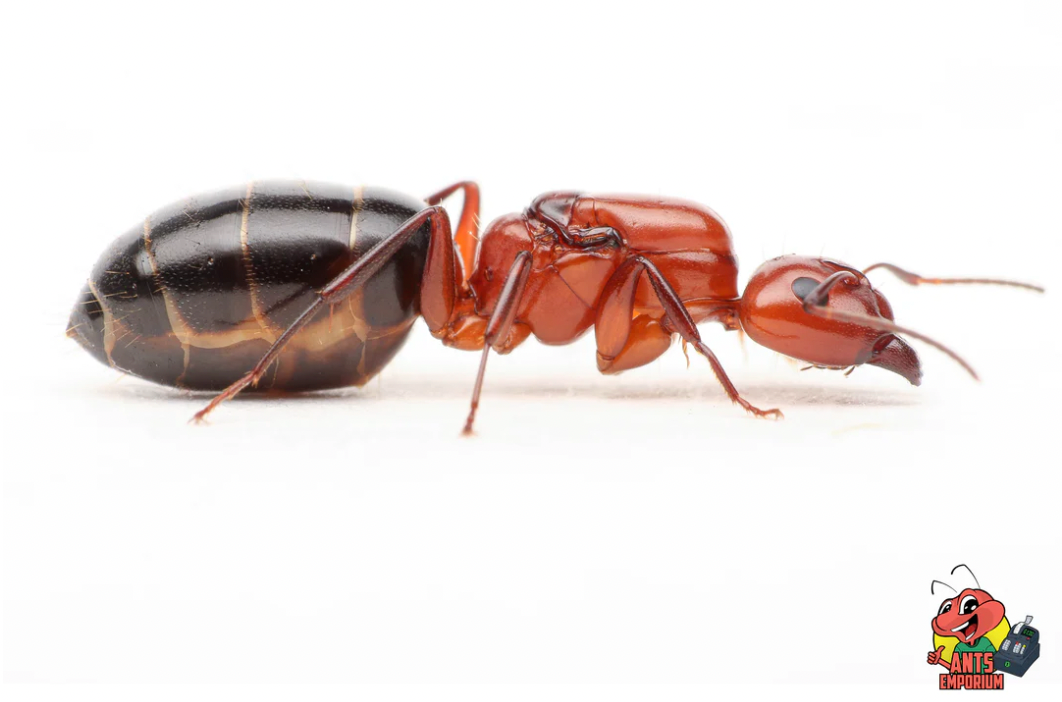
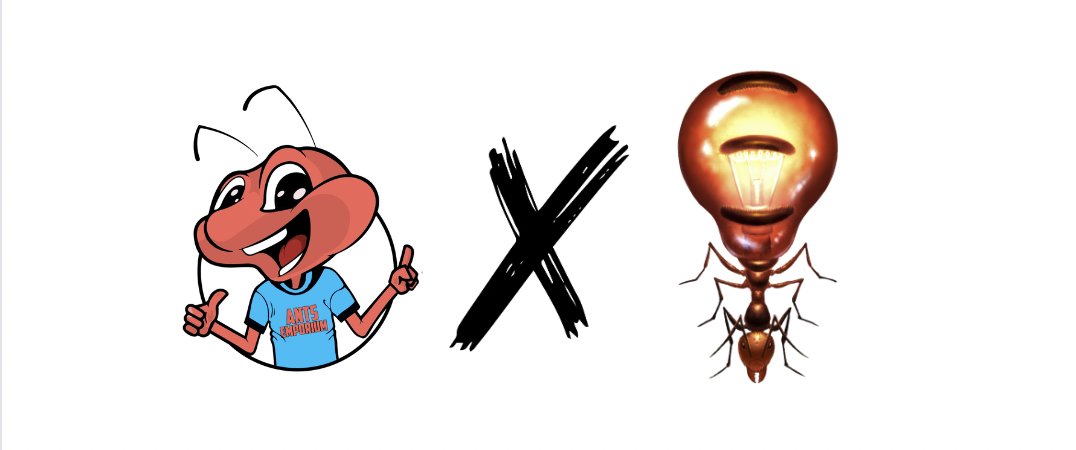
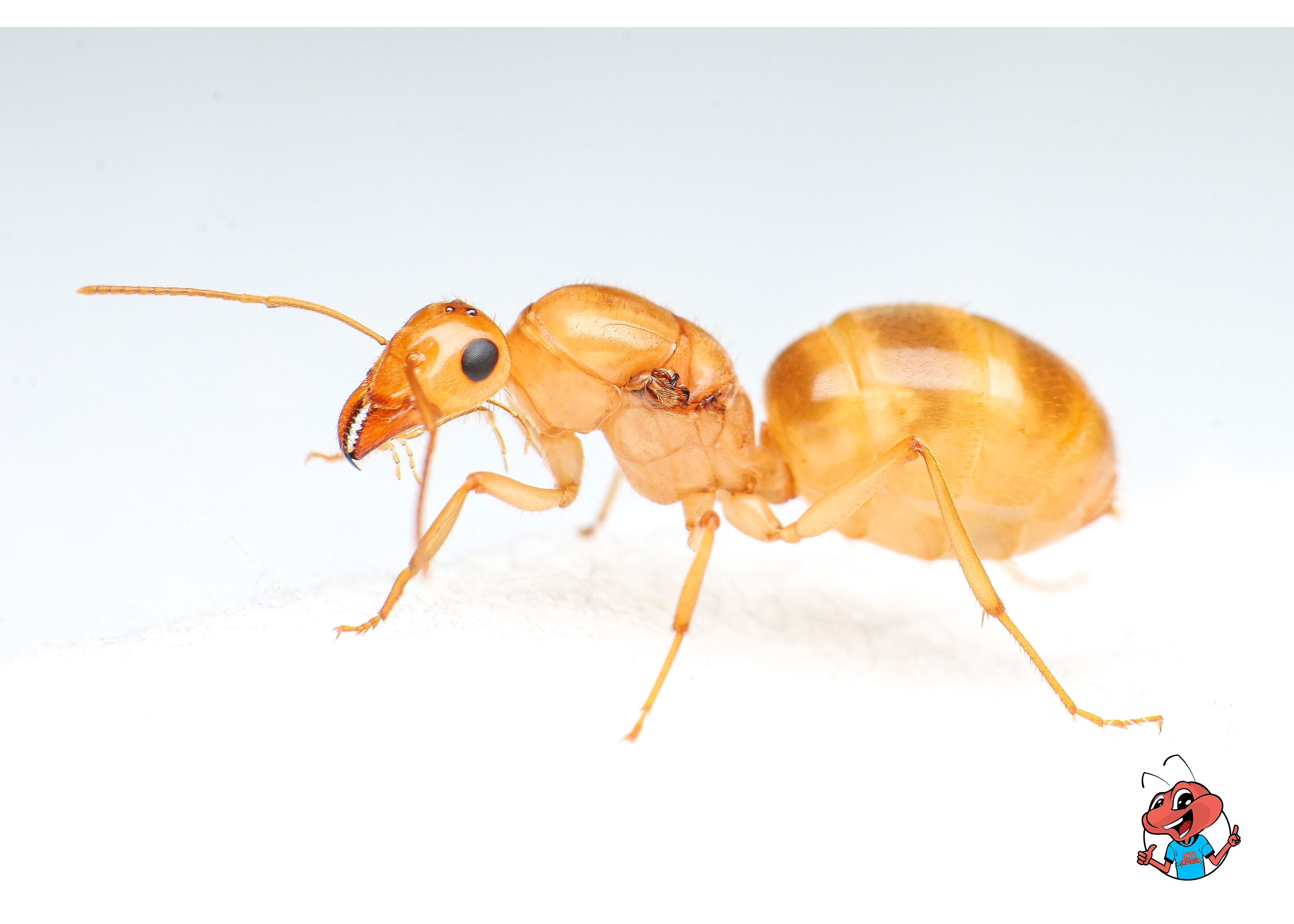
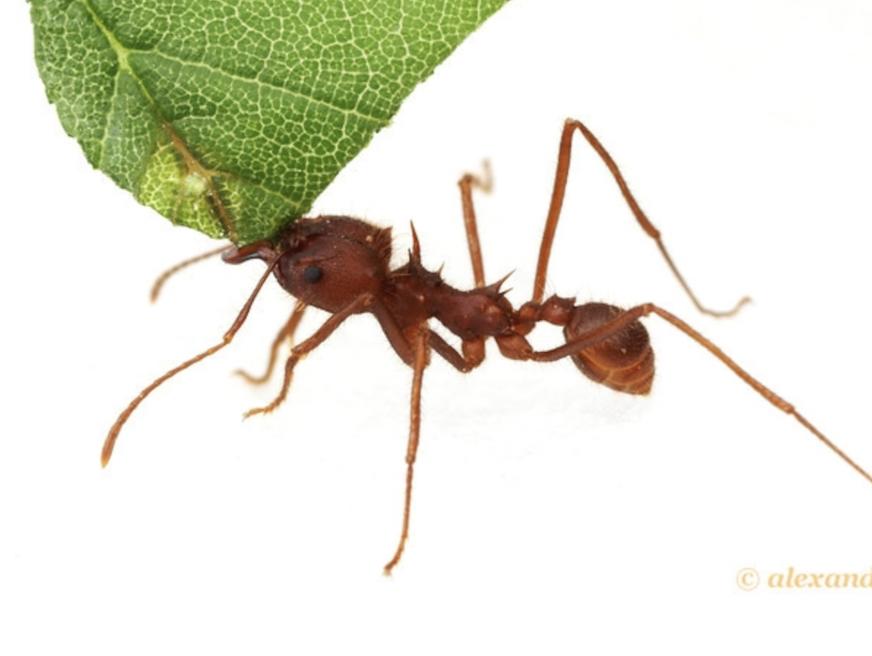
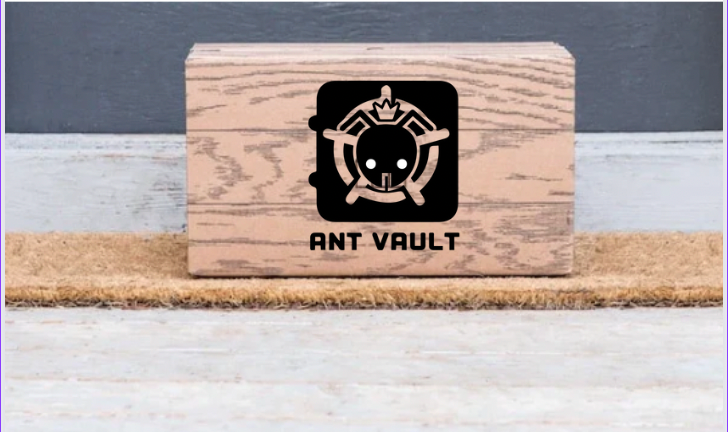


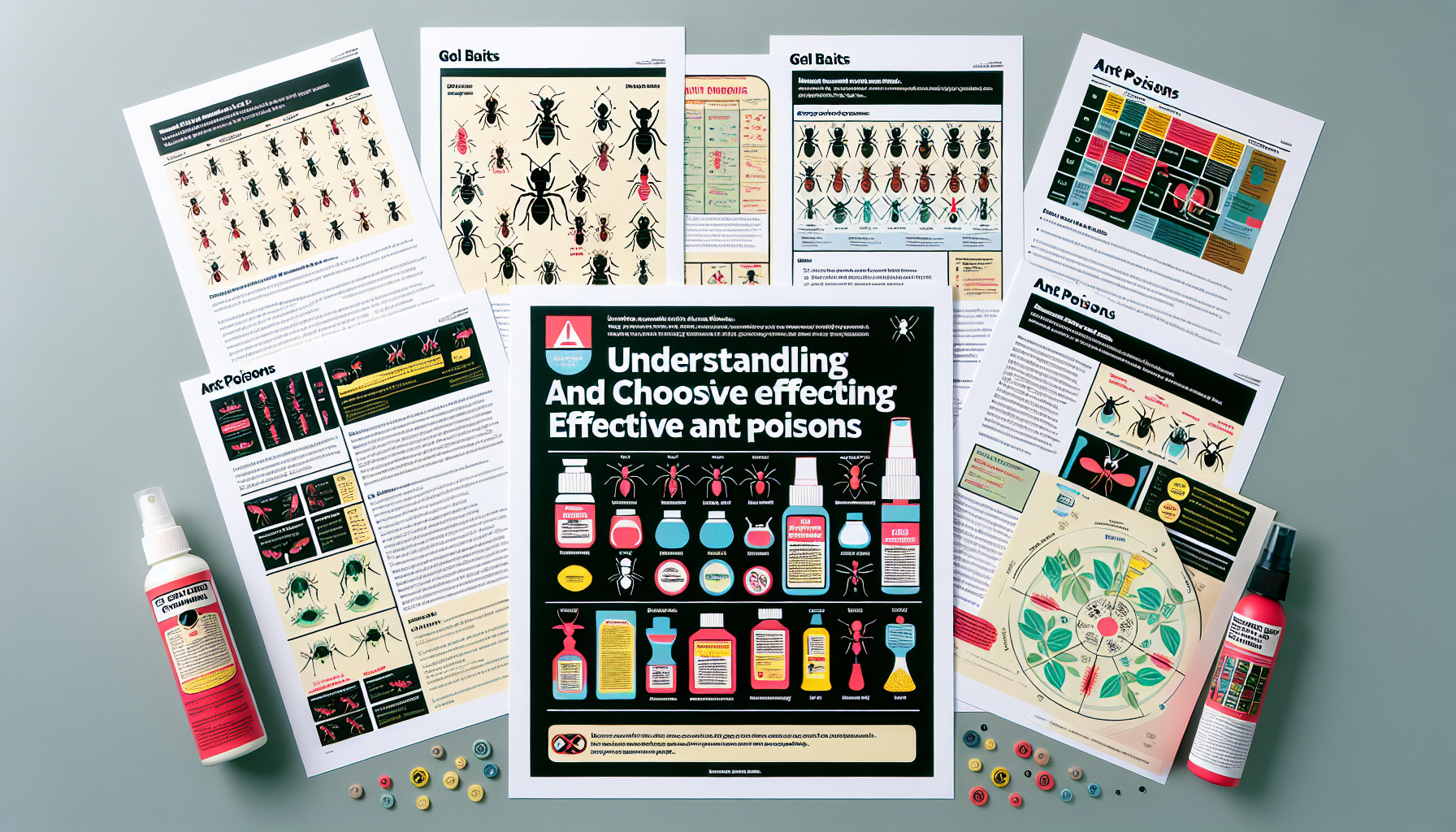
Leave a comment